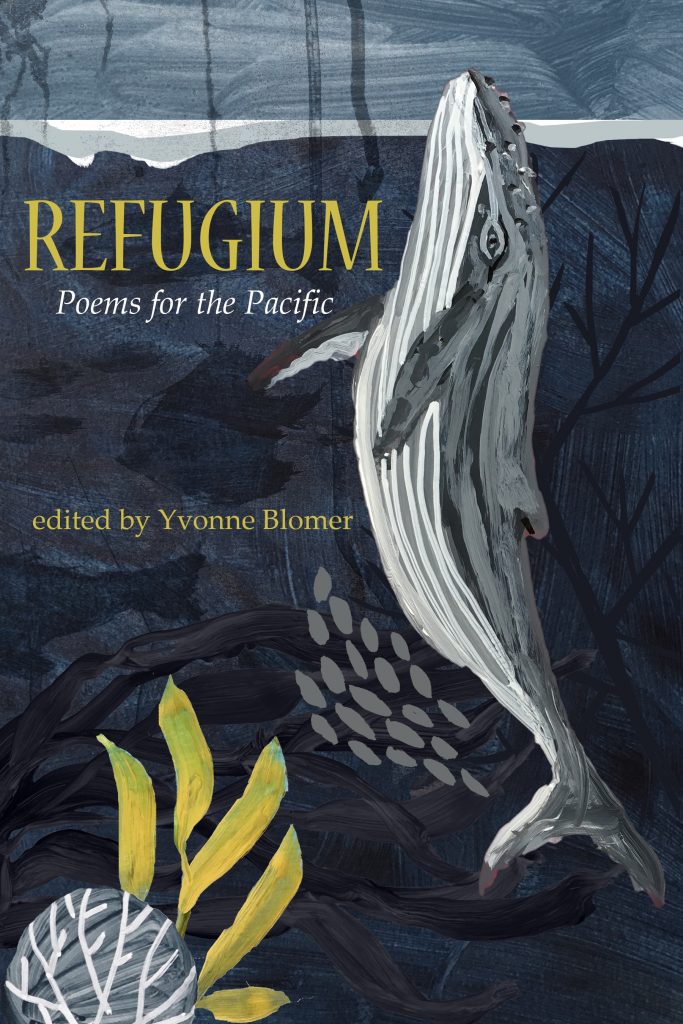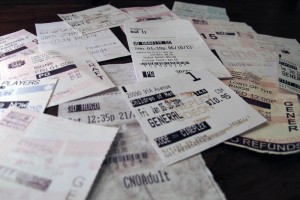If you’re interested in what I do, or places I have published, here’s a great place to start: Lee’s LinkTree
Category Archives: Articles
Six Recent Publications
More recent publications on place-based learning, science education, poetic inquiry, social justice, field schools, and teacher education.
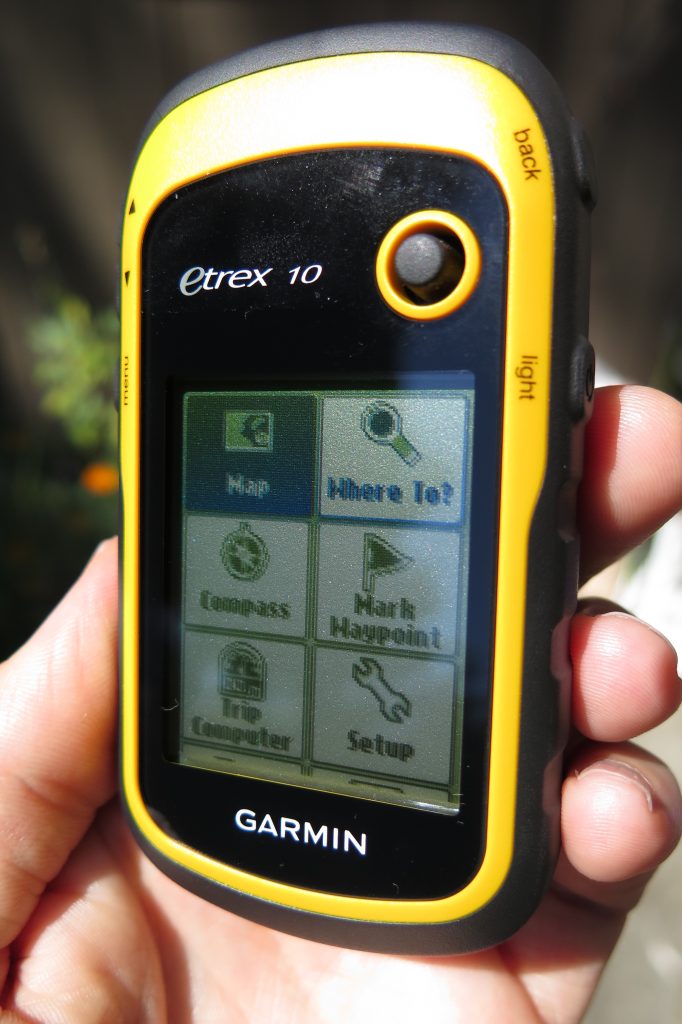
“GPS Ecocache: Connecting Learners to Experience and Place” with Jesse Jewell
Article in American Association of Philosophy Teachers Studies in Pedagogy
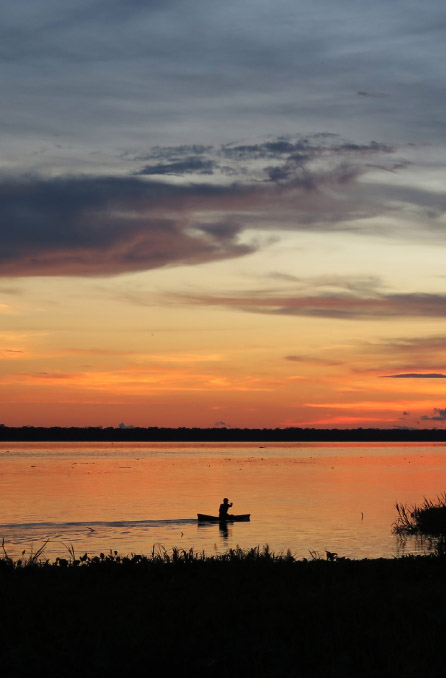
“The jaguar walk: Reflections from the Amazon Field School”
In Transformative Dialogues
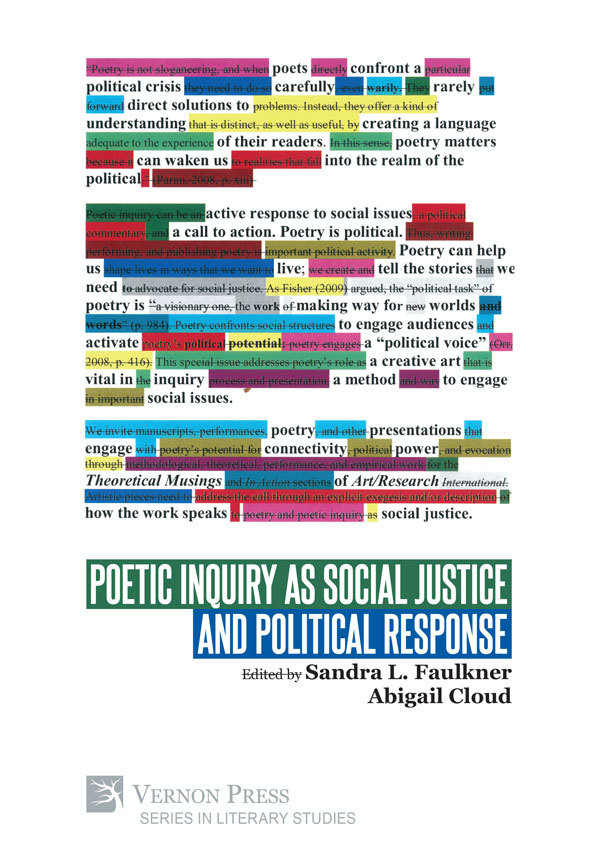
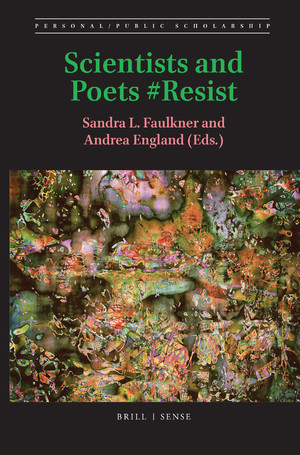
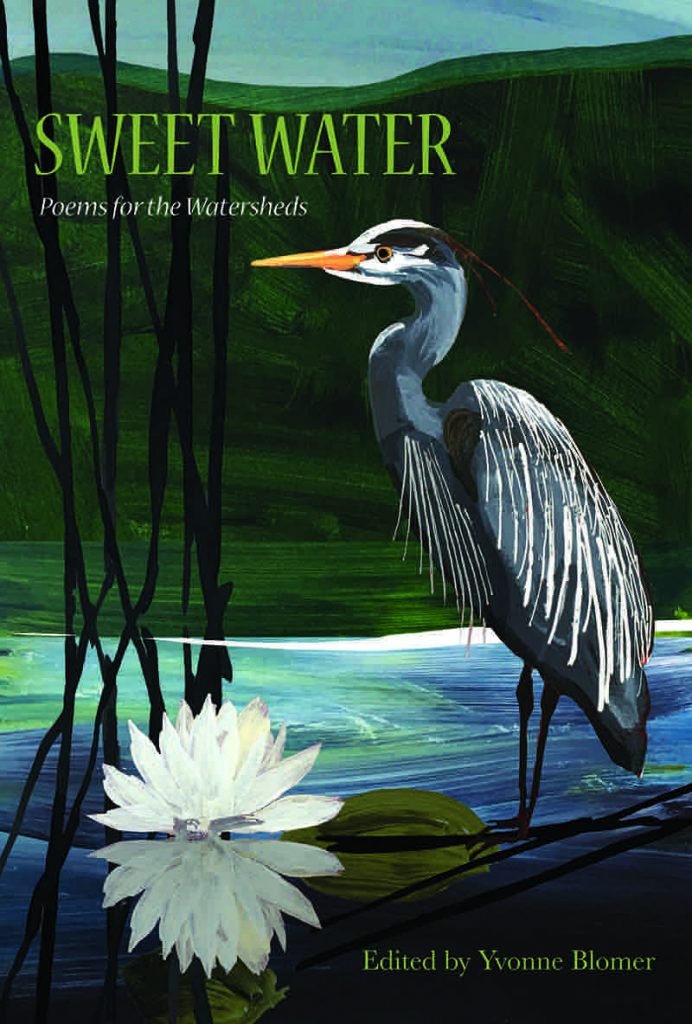
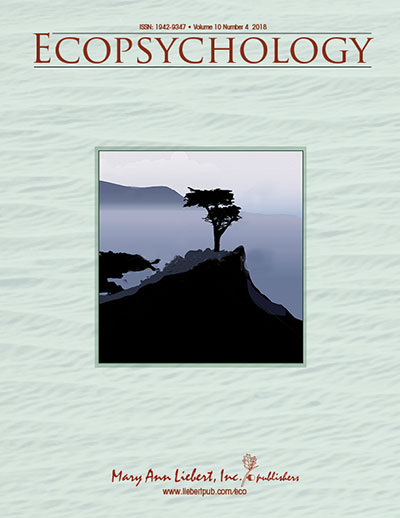
Recent Publications
Here are some of my recent publications, on varied topics including science education, experiential learning, poetic inquiry, and Goethe’s gentle empiricism.
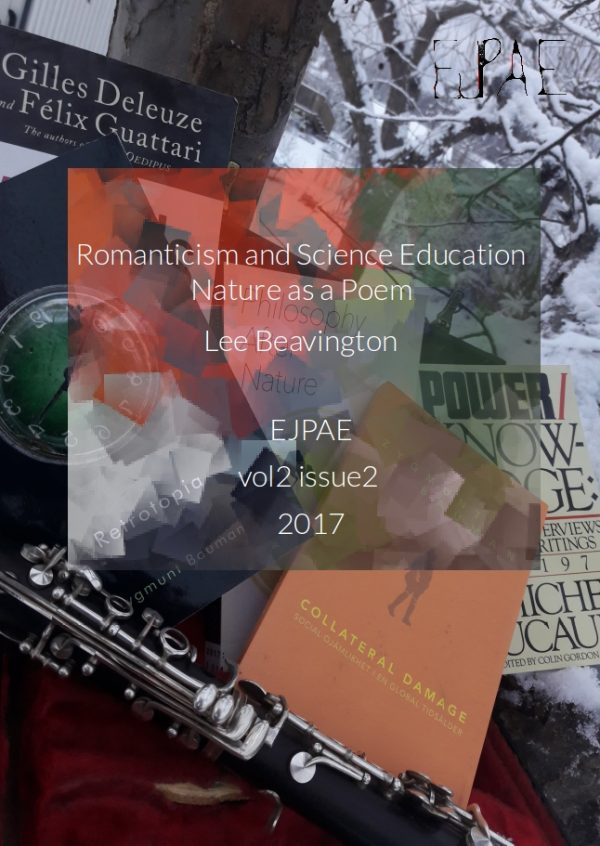
“Romanticism and Science Education: Nature as a Poem”
European Journal of Philosophy in Arts Education
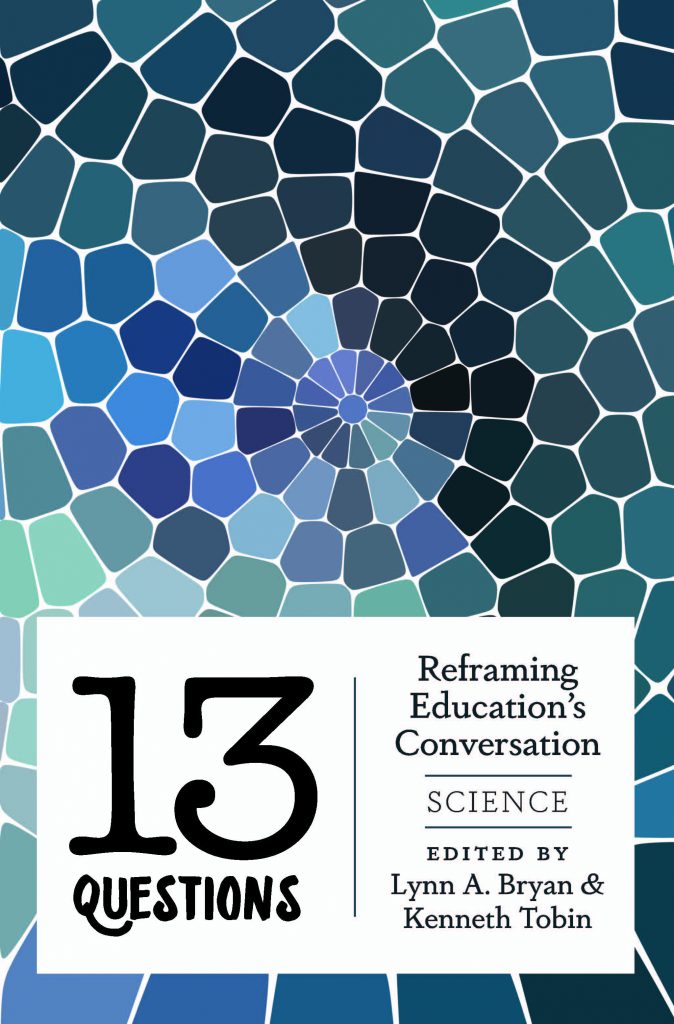
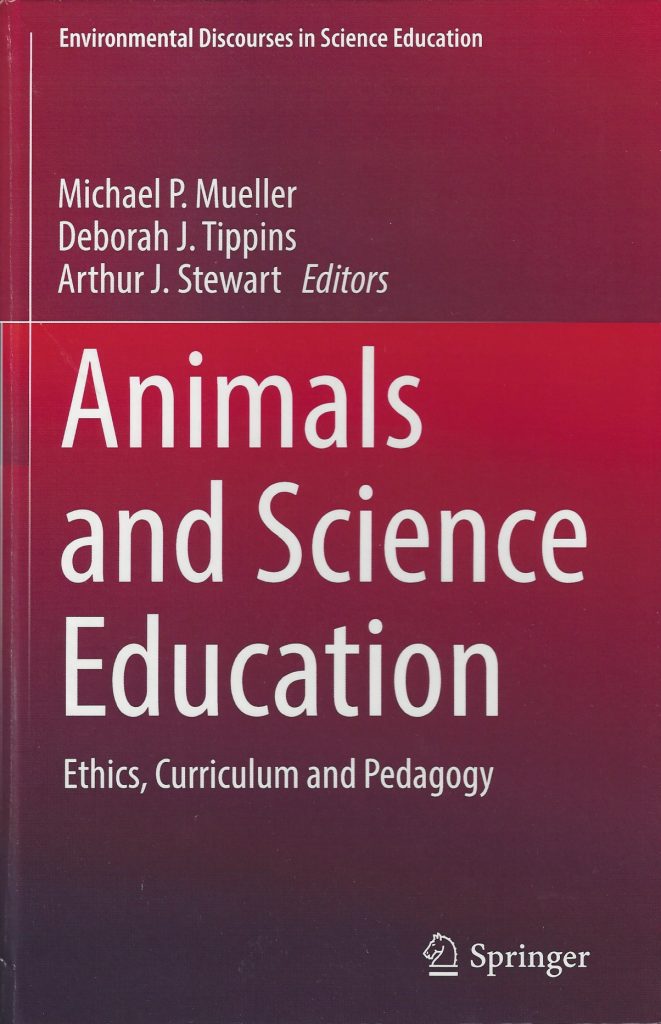

Gravity is an Art
I have always had a very intimate relationship with art. Danced with music, flirted with films, and bedded with books. In the many thousands of aesthetic acquaintances I have made, occasionally a great love comes along, an Art that stimulates and embraces me on multiple fronts.
The film Gravity is such an Art. …
The Cave of the Crystal Maiden
“You’re young enough to be my grandson,” Phyllis confides to me in the bumpy van ride through verdant waves of palm, ceiba and tiger bush. Our driver plows through muddied water of the washed out dirt road. Phyllis frowns. “I don’t like caves, and I’m not a good swimmer.”
Did the Actun Tunichil Muknal cave poster, complete with whip scorpions, skeletons of the sacrificed, and photos of tourists swimming into a murky mausoleum not deter her? Nevertheless, I promise to stay close. In my ignorance excitement boils over, blind to the path ahead that will harm both body and spirit.
In the potholed parking lot, rain pelts us as we don our plastic hardhats. I am the lone Canadian in a group of older Americans. A two-minute trail takes us to Roaring River. Swift riffles heaving from the cloudburst betray a deadly undercurrent. There is no bridge. …
Student-inspired Presentations in Biology

Students dress up as a Golgi apparatus for their biology presentation.
In the cell biology lab, I decided to scrap the pre-lab quiz one week and have students do brief presentations. Each partnership chose one electron micrograph to present. I gave some basic guidelines and encouraged them to be creative.
That day, our class awaited the arrival of two students. Their tardiness was quickly forgotten as they came through the door, dressed in full lab coats and covered in twisting balloons (the ones used to make balloon animals). Collectively, they embodied a living, walking Golgi apparatus.
Meanwhile in the genetics lab, students were presenting meiosis. …
Nature and Learning
I recently took a large group of university students in first-year biology for a forest field trip. At the outset, I inquired as to how often they walked along a wooded path. A few liked to take their dogs on the trails, yet the vast majority (over 90%) had never, in their life, gone into the forest. I was astonished.
As a child, I made regular sojourns into the neighborhood wilderness. Whether it be the park or ocean down the road, the local trails by the stream, or simply the small wooded area of our backyard, I lost myself in adventures of the imagination fuelled by being outside. I found it hard to fathom that these young adults had abandoned the great gift of hiking. Or perhaps, more precisely, that their upbringing had never exposed them to this experience. …
Engaged and Embodied Learning: Ideas for a Philosophy of Teaching
In my experience, students arrive for their first biology lab simmering with nervous energy, whispering excitements and elusory dreads—if they speak at all. Their pulsating uncertainty awaits the rules of the game and the freedoms the instructor allows within the confines of the classroom. Being mindful of your power, set the stage for the semester in five key ways:
1. A foundation of patience and approachability
2. Engage in multiple creative approaches
3. Strive to inspire and involve
4. Employ movement and flexibility
5. Genuine and unabashed enthusiasm
How can we accomplish this?
Building Community From the Ground Up
It begins with boxes. Hundreds and hundreds of cardboard boxes snatched from Safeway, Camp Kwomais, and overflowing recycle bins. We stretch them out, yank off the tape, and cover the rectangle of grass that is to become Alexandra Community Gardens.
Next the donated sawdust—in fact, everything is donated—is wheel-barrelled out, and then the wooden garden boxes placed in their rows. Eight hours and thousands of shovelfuls later, and thirty raised beds are ready for seeds to reach their verdant heights.
Of course, this did not really begin with boxes. It began with an idea, which came from the people, that germinated at a community gathering. …
Re-evaluating My Role as Educator
Something wonderful happened in the biology lab this past semester. Stressed students began to laugh. The shy felt comfortable asking questions. They sometimes challenged my explanations. This spurred curious debate and conversation, and a willingness for us both to explore beyond the lesson plan. I shifted from a teacher of content to a facilitator of learning.
Post-secondary teachers are trained to be experts in their field. Yet how do we provide a suitable framework for learning? Many instructors, including myself, are put before students with scant preparation, our only model the example by which we were taught. Knowing the photosynthetic chloroplast mechanism in intimate detail may be important; understanding the best method for engaging students with this complex organelle is vital.
Students complain that their classes are boring, that teachers teach from the book, that they are overwhelmed by essays and exams. They complain because they are not inspired. The central role of the educator is to provide an enriching—and perhaps transformative—learning experience. …

